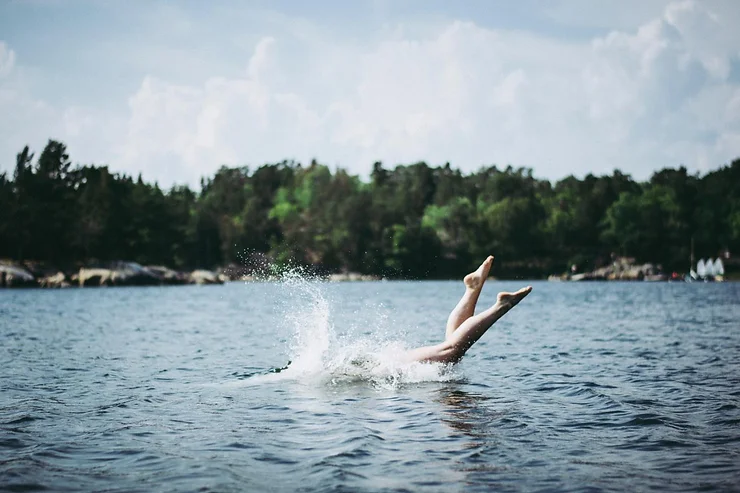Why Kicking Matters to Triathlon
Swimming intensity in triathlon has a direct effect on the athletes sequent bike and run performance. The legs are the obvious main contributors to forward propulsion in cycling and running, but this is not the case in swimming. As outlined by Professor Giorgio Gatta HERE
“Swimming freestyle using your legs only generates a lot of lactic acid (Meyer 1999) and uses up three quarters more oxygen than swimmingly with just your arms (Adrian 1966). So, using your legs is not very advantageous and very energy-consuming. It also seems to be hard to train your legs: Konstantaki (2007) has worked out that, among swimmers training the same way, those devoting 20% of training specifically to just their legs had no “statistically significant” performance gains over 400m freestyle.”
With only 15% of forward propulsion being generated by the legs in swimming, and potentially less with a wetsuit/swimskin, triathletes need a way to measure the impact of their kick on their triathlon performance. If a triathlete is kicking too much, their relative swimming intensity will be elevated, and their legs will be more fatigued for the subsequent bike and run segments.

The Test
A simple test to measure if an athlete is kicking too much is to test for speed and blood lactate levels after swimming with and without kicking over a specific distance. The distance needs to be long enough to ensure that you can differentiate between intensities, and long enough to be representative of the actual race. For example, swimming 100m with and without kick won’t show much difference as compared to 800m, nor would 100m relate very well to swimming 1500m or 3800m open water.
The following protocol was design to address these issues.
Protocol
Warm-up
Approx. 1km @ a easy-moderate intensity
Main test set
4 x 600m @ perceived race intensity with full recoveries (minimum 5 min).
- Swim
- Pull Buoy
- Focus on a reduced kick, ideally 2-beat
- Swim
Measurements: Lactate immediately before and after, time to complete 600m, swim metrics from watch if possible.
Cooldown
Easy swimming or continue with the usual swim workout.
Analysing the Results
A comparison of the result should indicate how kicking is impacting the athletes swimming intensity.

A quick review of the table above tells us that when the athlete is kicking, they are generating significantly more lactate than both swimming with a pull buoy and a reduced kick. From this, we can infer that the athletes relative swimming intensity is a lot higher when they are kicking, as indicated by the training zones in column 4.
What about the times? In this situation, the times of swimming with a reduced kick are only marginally slower, especially if “swim 2” is used for the comparison. If this is the case, there may be potential to train swimming with a reduced kick while simultaneously working arm propulsion. However, if the times were dramatically slower for a reduced kick while lactate levels remained similar, it would suggest kicking is not negatively impacting the athletes swimming intensity.
Disclaimer
The test outlined is not a scientifically robust test by any means, and it is not designed to be. The point of the test is to simply, reproducibly and objectively test the impact of a triathletes swimming kick on their relative swimming intensity.
The pull buoy is used to exaggerate the impact of the triathletes kick for comparison purposes and should not be used as a same-same comparison with swimming.

